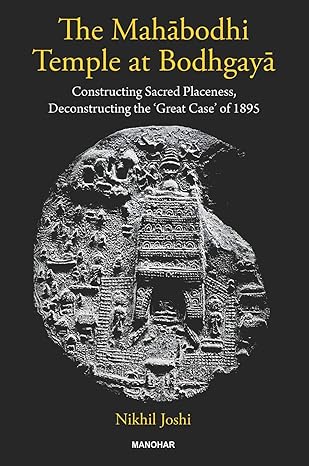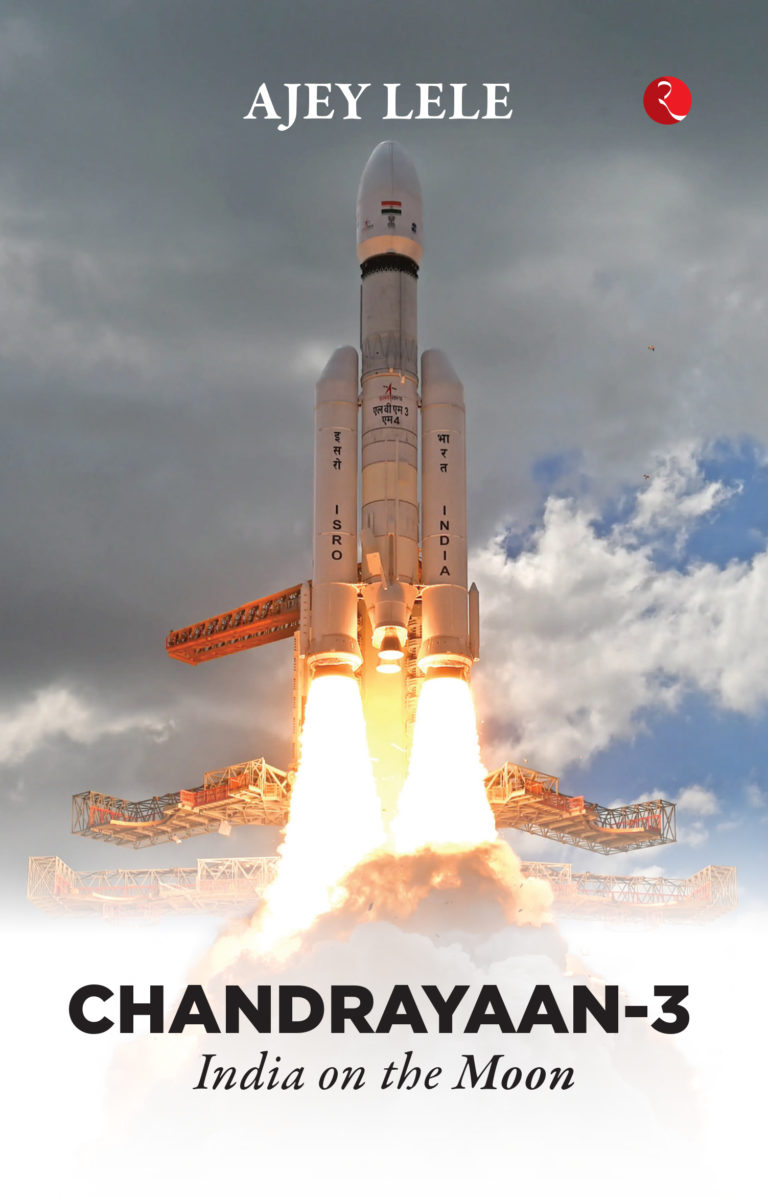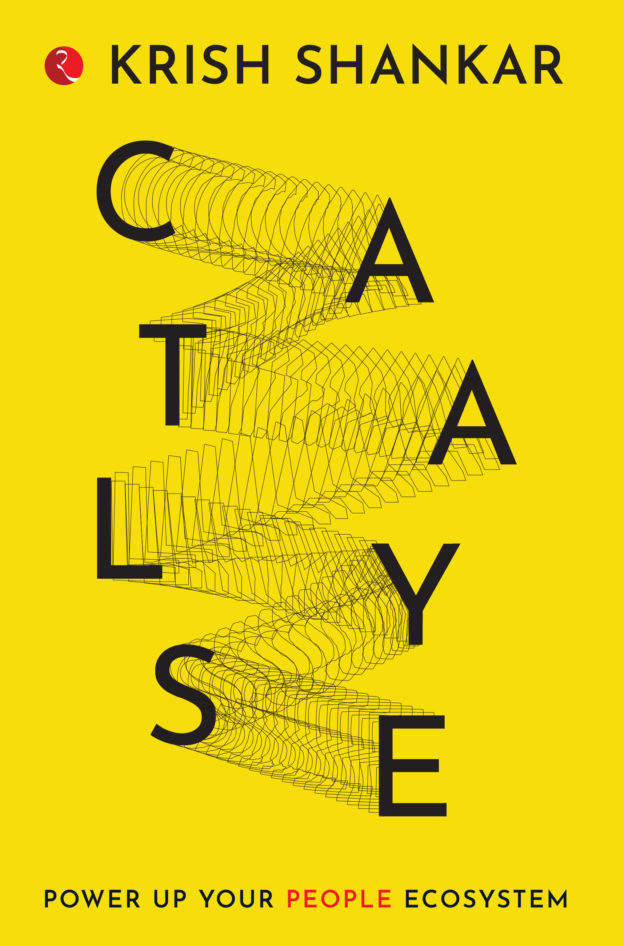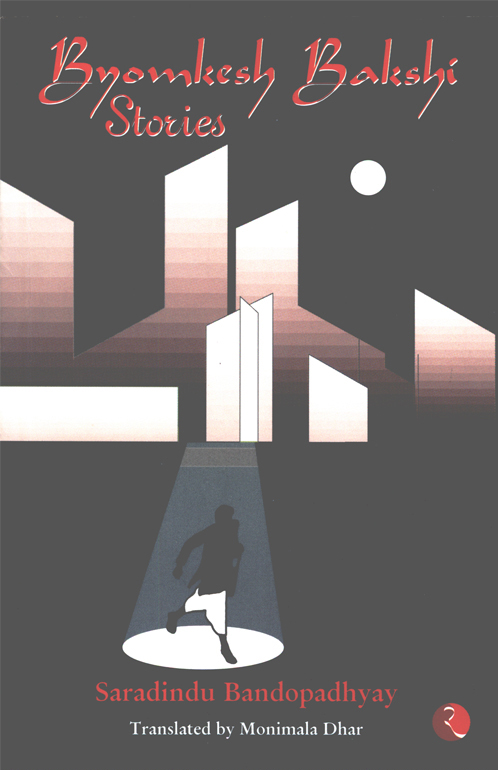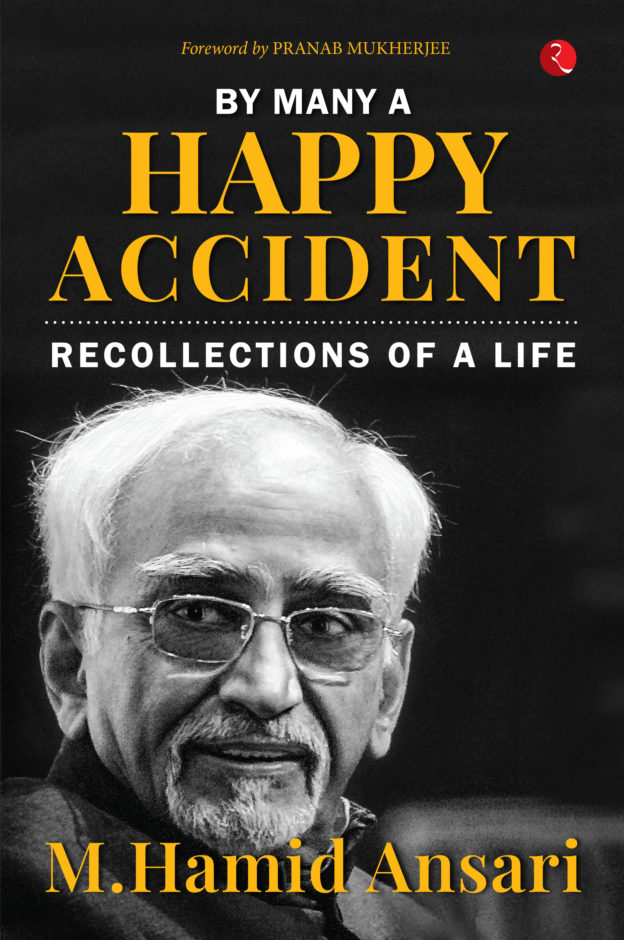The Mahabodhi Temple at Bodhgaya: Constructing Sacred Placeness Deconstructing the Great Case of 1895
no information available
The Mahabodhi Temple investigates the historic and ethnographic accounts of the ongoing religious contestations over the status of the Mahabodhi Temple complex in Bodhgaya (a UNESCO World Heritage Site since 2002) and its surrounding landscape to critically analyse the working and construction (and re-construction) of sacredness. It endeavours to make a ground-up assessment of ways in which human participants in the past and present respond to and interact with the Mahabodhi Temple and its surroundings. The volume argues that sacredness goes beyond scriptural texts and archaeological remains. The Mahabodhi Temple complex and its surrounding landscape is a ‘living’ heritage which has been produced socially and constitutes differential densities of human involvement attachment and experience. Its significance lies mainly in the active interaction between religious architecture within its dynamic ritual settings. This endless contestation of sacredness and its meaning should not be seen as the ‘death’ of the Mahabodhi Temple; on the contrary it illustrates the vitality of the ongoing debate on the meaning understanding and use of the sacred in the Indian context.
... Read more Read less
